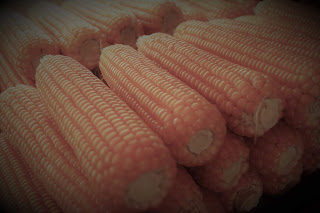 |
| Image credit: SAWDF fb page |
Equality begins with economic empowerment.
An international call of the women in the world for
gender equality through empowering the women economically. As such, the
International Women Entrepreneurs Summit of 2018 was held at a hotel in Nepal
last September 3-5, 2018.
The said summit was a gathering of representatives of
women entrepreneurs from South Asian countries comprised of Bangladesh, Bhutan,
India, Maldives, Nepal, Pakistan, Sri Lanka and Afghanistan; and Southeast
Asian countries such as Indonesia, Thailand, Laos, Cambodia, Vietnam,
Philippines and China.
There were also reprentatives from United Kingdom,
Switzerland, Nigeria, Egypt, Bahrain and Jordan.
Philippines sent off its two delegates, fortunately,
both are coming from Caraga Region, namely, supervising agriculturist Isabelita
Ocampo of the Department of Agriculture Caraga and 2016 Outstanding Rural Woman
Paterna Velasquez, chair of Mangagoy Fishermen Multi-Purpose Cooperative
(MAFISCO) of Bislig City, Surigao del Sur.
Pramila Acharya Rijal, president of the South Asian
Development Forum warmly welcomed all the delegates during the inaugural event.
Rijal said that the gathering was a diverse women’s
participation promoting women entrepreneurship as well as boost its
participation in business and marketing.
Various topics were discussed during the summit
focusing on the role of women in business and challenging them to embrace
e-commerce to at least maintain its market share in the ever changing market place.
Upon hearing the importance of ecommerce, Velasquez
feels the need to embrace the technology for her cooperative to sustain its
business enterprises.
MAFISCO humbly started as a group of small fisherfolks,
fish traders, marine products traders and ice distributors in 1994, with an initial
paid-up capital of only P16,150.00, and now a multi-million cooperative
engaging in prototype mini banking operation, operating its own ice plant and
cold storage facility, rice trading, and other business venture.Various government agencies extended its services to the cooperative including the Department of Agriculture Caraga. (Aurelius P. Arais/DA Caraga)
=-###=-










